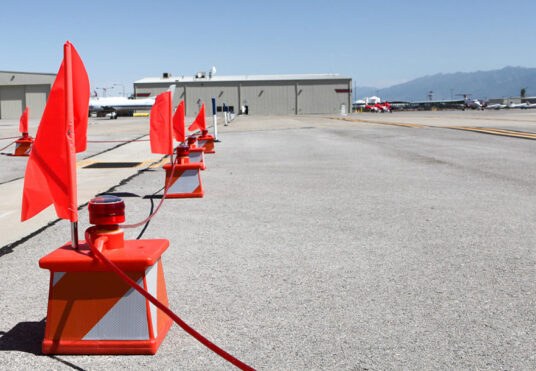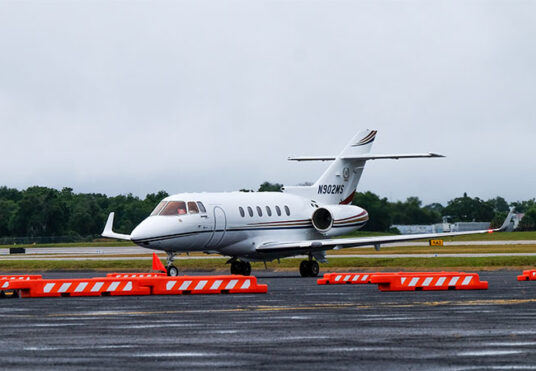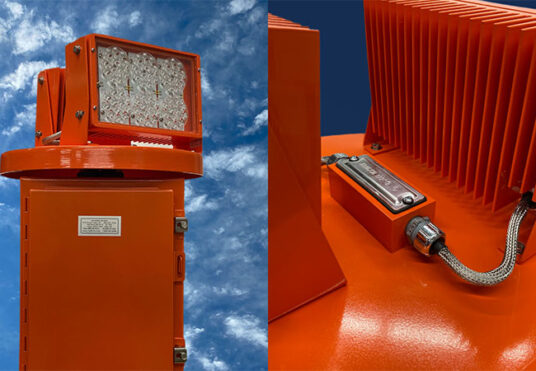Airport Construction Sites and Extreme Weather
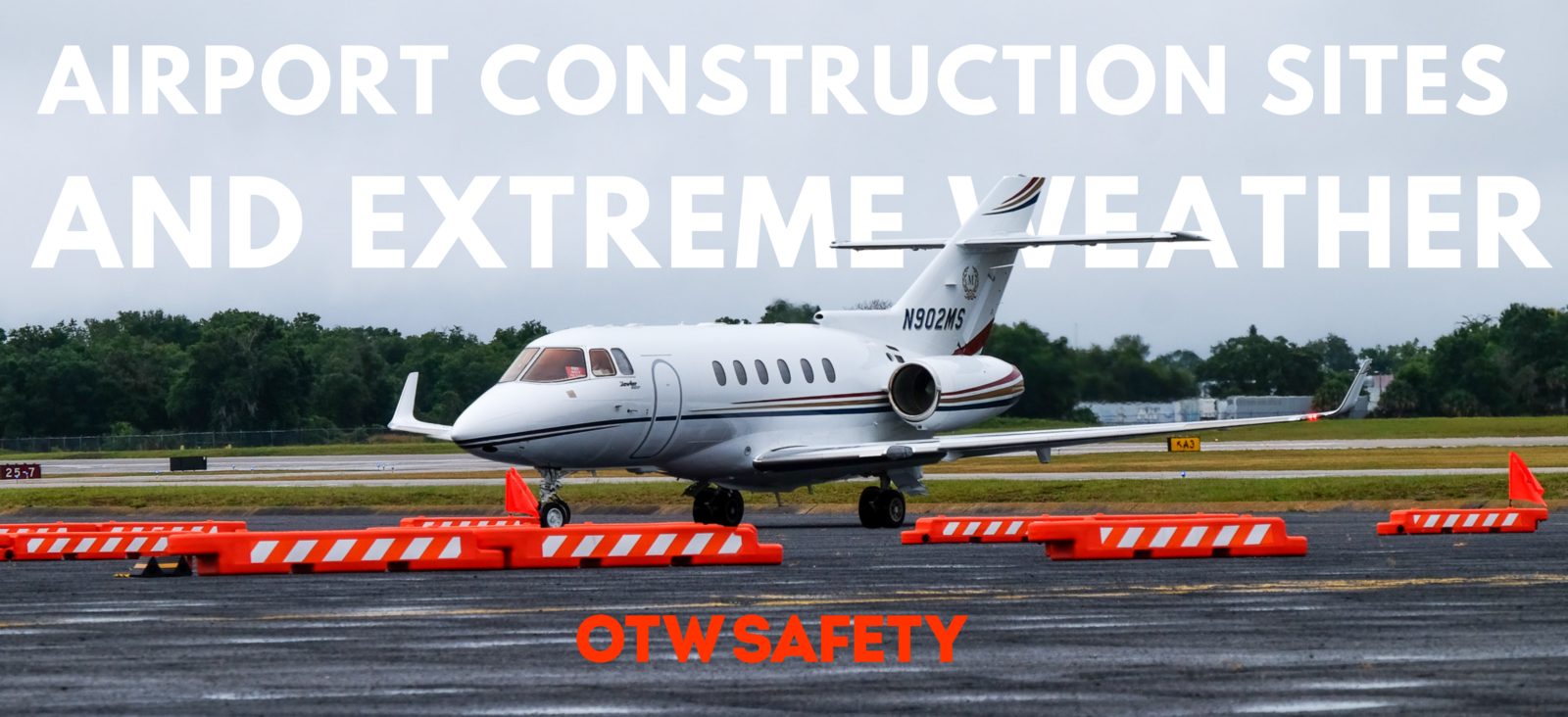
Whether in an arid, frigid, or humid climate, or a part of the world where the temperature is temperamental at best, weather has a constant impact on airports around the globe.
In the US alone, the financial weather impact on the aviation industry ranges in the billions of dollars for accident damage and injuries, delays (approximately seventy percent of them!), and unexpected operating costs.
Construction, on the other hand, is generally an expected and necessary part of any airport’s budget. Progress is irrepressible, and it is highly necessary in order to ensure that airports continue to operate at peak performance. Whether expanding a taxiway, repairing a runway, or upgrading the inside of the airport for aesthetics and efficiency’s sake, construction is almost always taking place at any given airport in some way. So how do airport sites and extreme weather coexist?
Prepare for the unexpected.
Weather preparedness plans are crucial for airports in order to protect assets and workers; every airport likely has a plan ready to utilize in case of severe or unexpected weather. Having construction sites, in particular, already prepped for further defense ensures that extreme weather protection is quickly deployed. As much of an airport’s operations takes place outside, it is doubly important to be prepared for all types of weather, as they are susceptible to lightning, thunderstorms, floods, blizzards, heavy winds, hurricanes, or high temperatures at any given point.
There are a variety of options for protecting sites (and personnel) against extreme weather. Ballasted barricades are the most common and most effective choice when it comes to protecting a work site in extreme conditions. Not only do barricades ensure that construction sites are properly secured, but they lend visibility as well. A fully enclosed or delineated work space safeguards progress, equipment, and personnel through weather of all sorts!
How to prepare an airport construction site with ballasted barricades
To prepare a construction site for protection, begin by placing barricades in their respective places. Then, ensure the drain plug is closed, unscrew the fill cap and fill! While theoretically the more weight the better when preparing for extreme conditions, it is not necessary to fill OTW barricades to capacity. Each barricade works best when filled with the prescribed amount for that respective item. For ballast, we recommend water over sand, as it is more portable, easier to dispose of, and gives our barricades the perfect amount of weight needed in order to function optimally, especially in more severe weather. Water-filled barricades can be used in even the harshest of weather, solidifying the recommendation for water over sand.
Expecting dark nights or strong winds? Our standard hazard lights can light up the night to ensure everyone can see the work site and our active-retention airport barricade flags won’t budge and will increase discernibility for all. Standard factory-installed reflective sheeting adds extra visibility on each and every construction and airport barricade! If hazard lights or barricade flags are being used, you can attach them after the barricades are placed and filled!
PS: While it is best to ensure that all barricades are in the correct place before filling, the beauty of our barricades is that they’re moveable even after the fact!
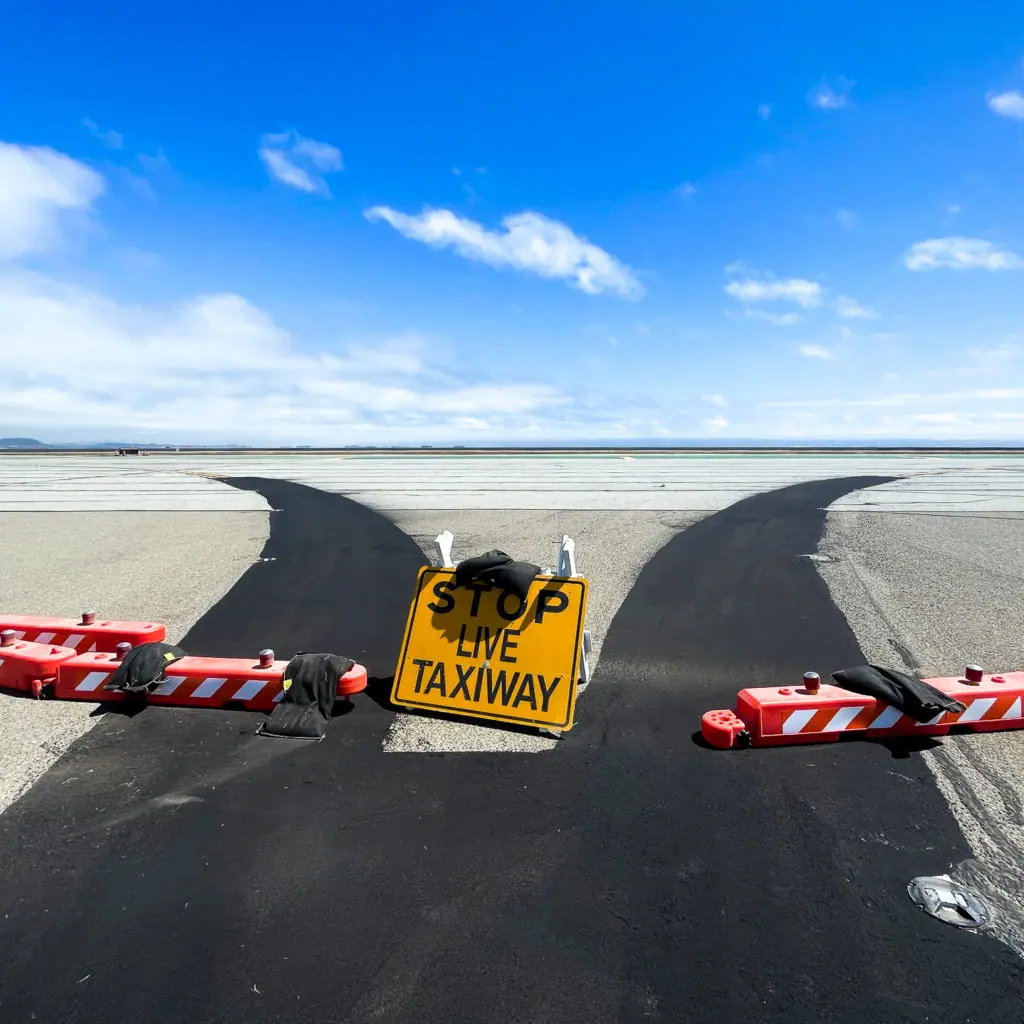
Durable enough for all weather conditions
In terms of strength and durability, OTW’s airport and construction barricades are designed to stand the tests of time and extreme weather. Our 10″ low-profile airport barricades, for example, may clock in at just 19 pounds each when empty, but, when ballasted with water, they will stand their ground at 270 pounds each, based on 30 gallons of water weight. The 24″ low-profile barricade weighs 35 pounds when empty and a solid 375 when ballasted with water; it also has forklift points for easy relocation, even when filled. This means that they can be used daily and in the case of more severe climate circumstances!
The bottom line for extreme weather
Weather safety at airports and airport construction sites is absolutely essential in order to protect lives and maintain operational efficiency, both on and off the runway. Using barricades (and optional accessories) as protection, not only for daily construction work but for extreme weather, ensures that these sites are safe, secure, and sheltered from even the worst conditions the atmosphere sends your way.
Need help determining which barricades would be best for your airport construction sites or how many you’ll need? Send us an email or request a quote today!
